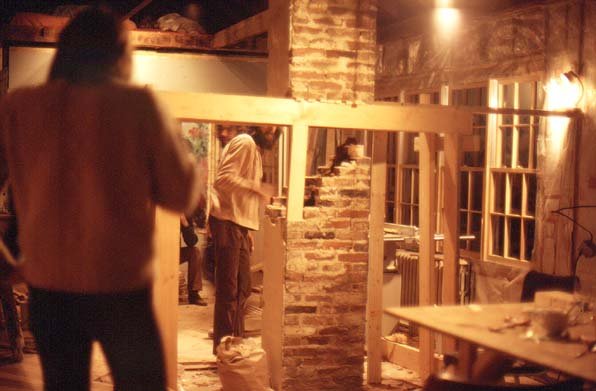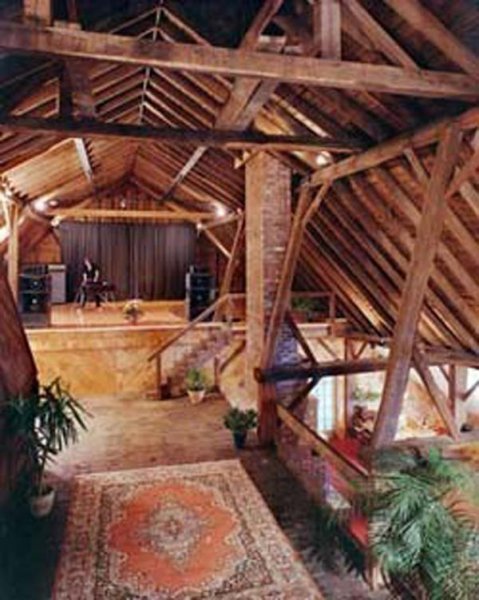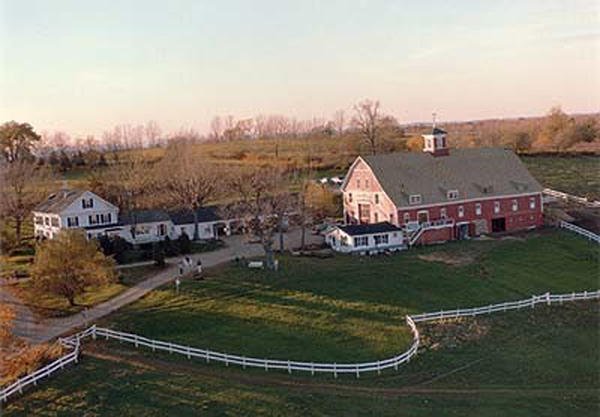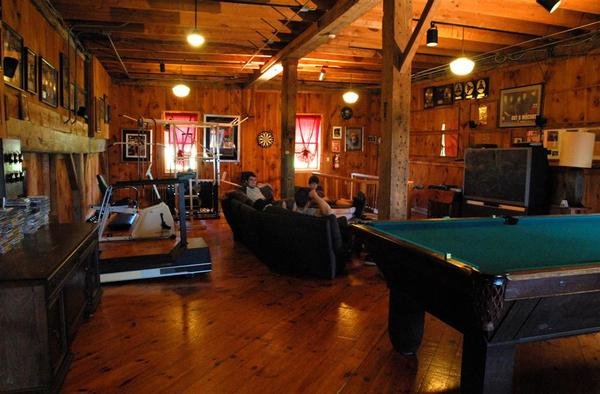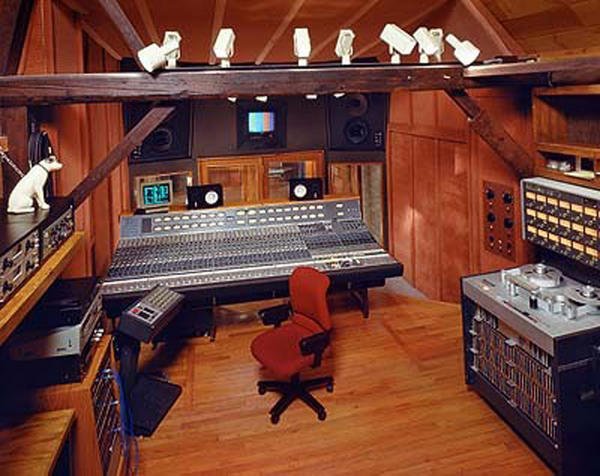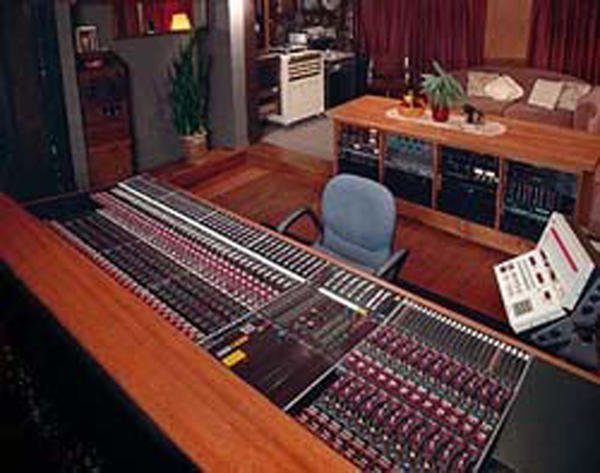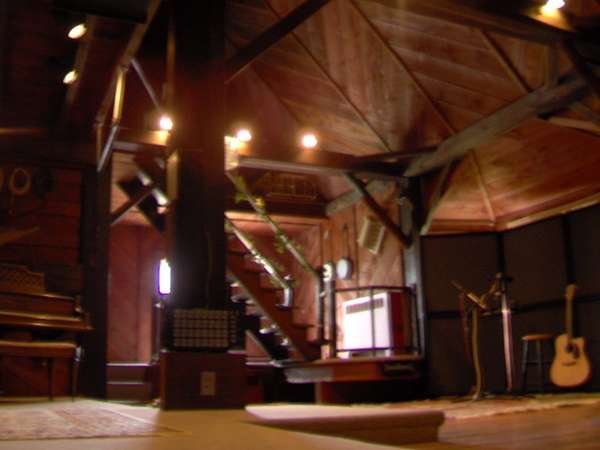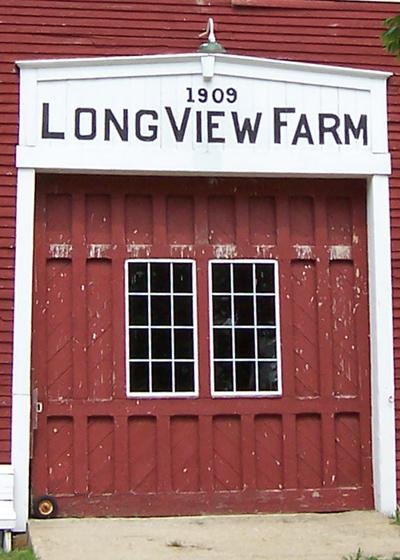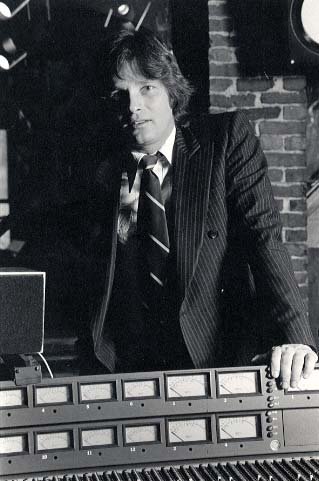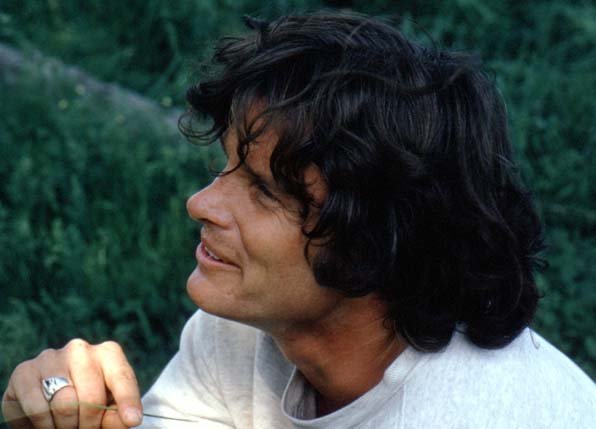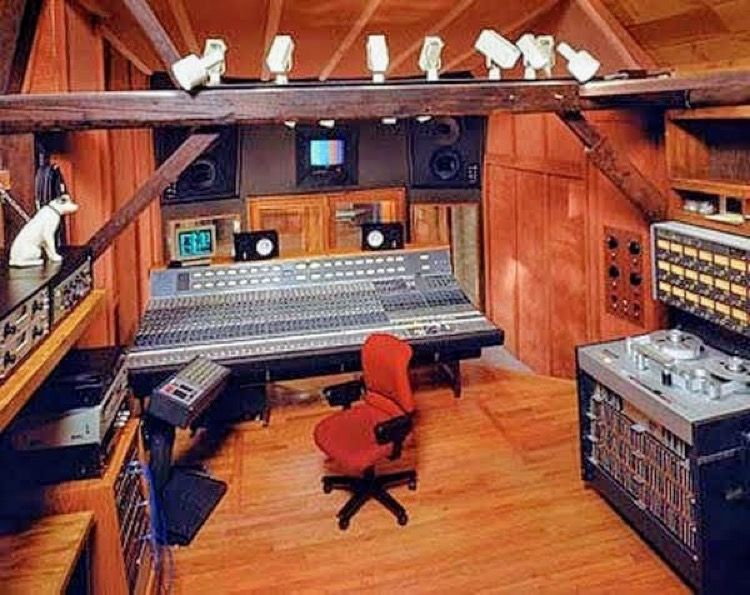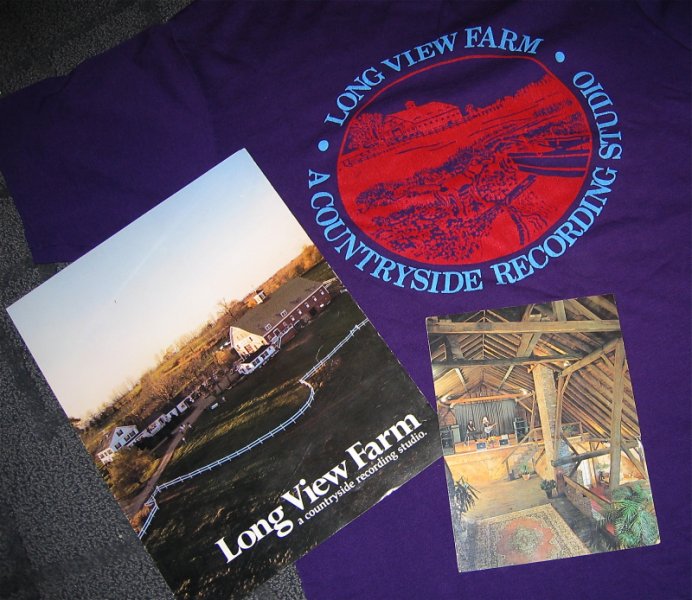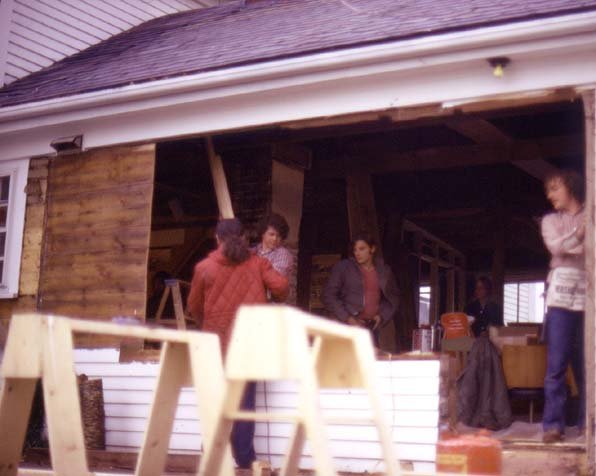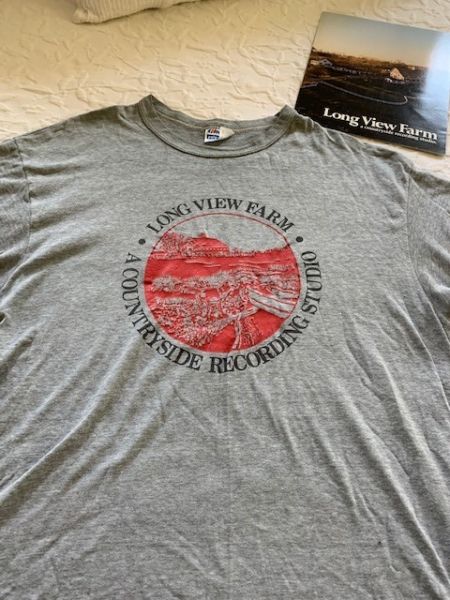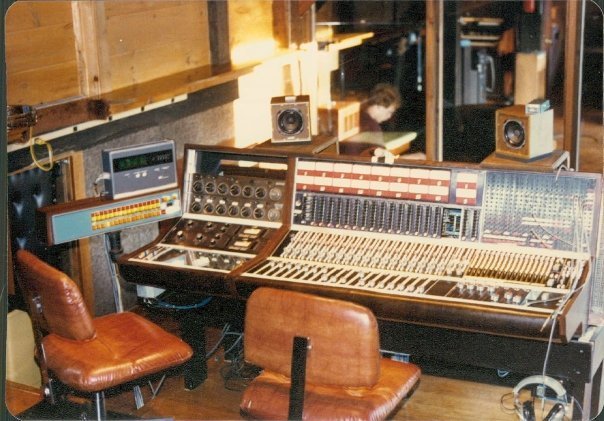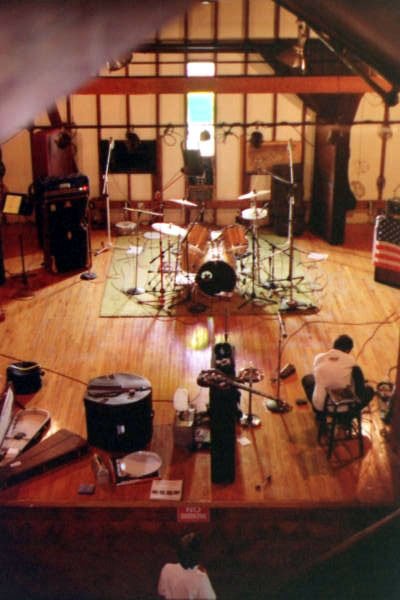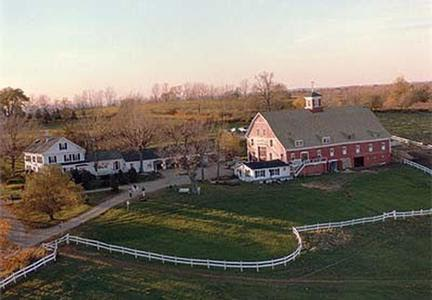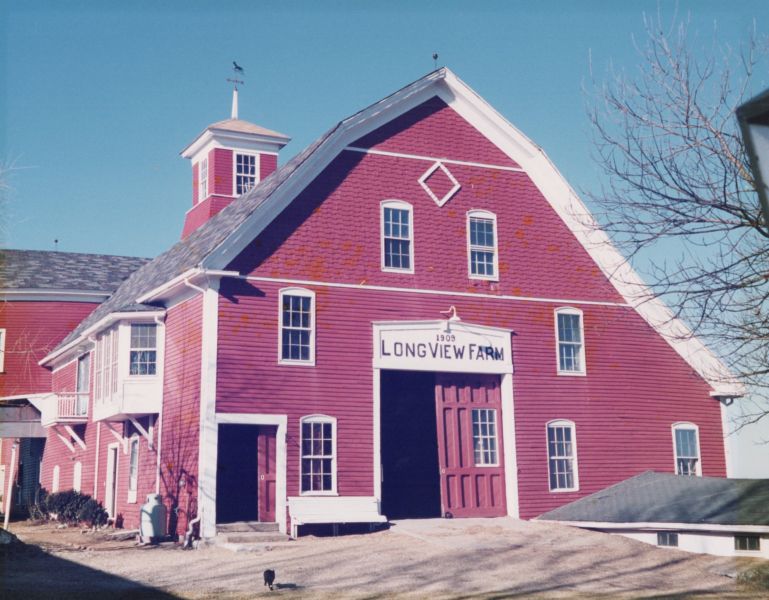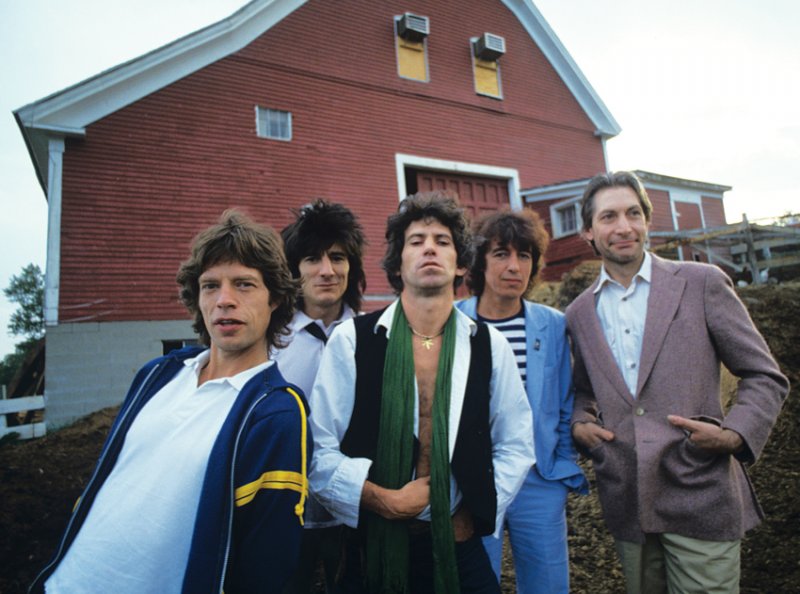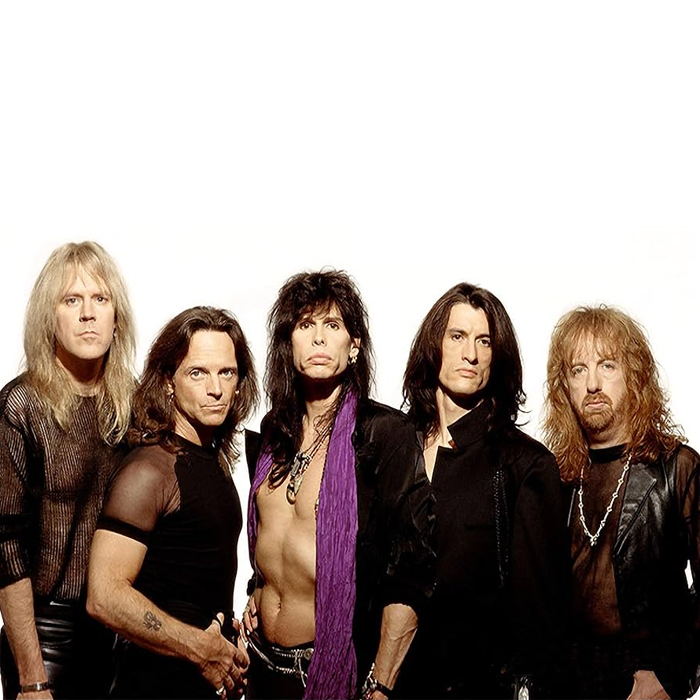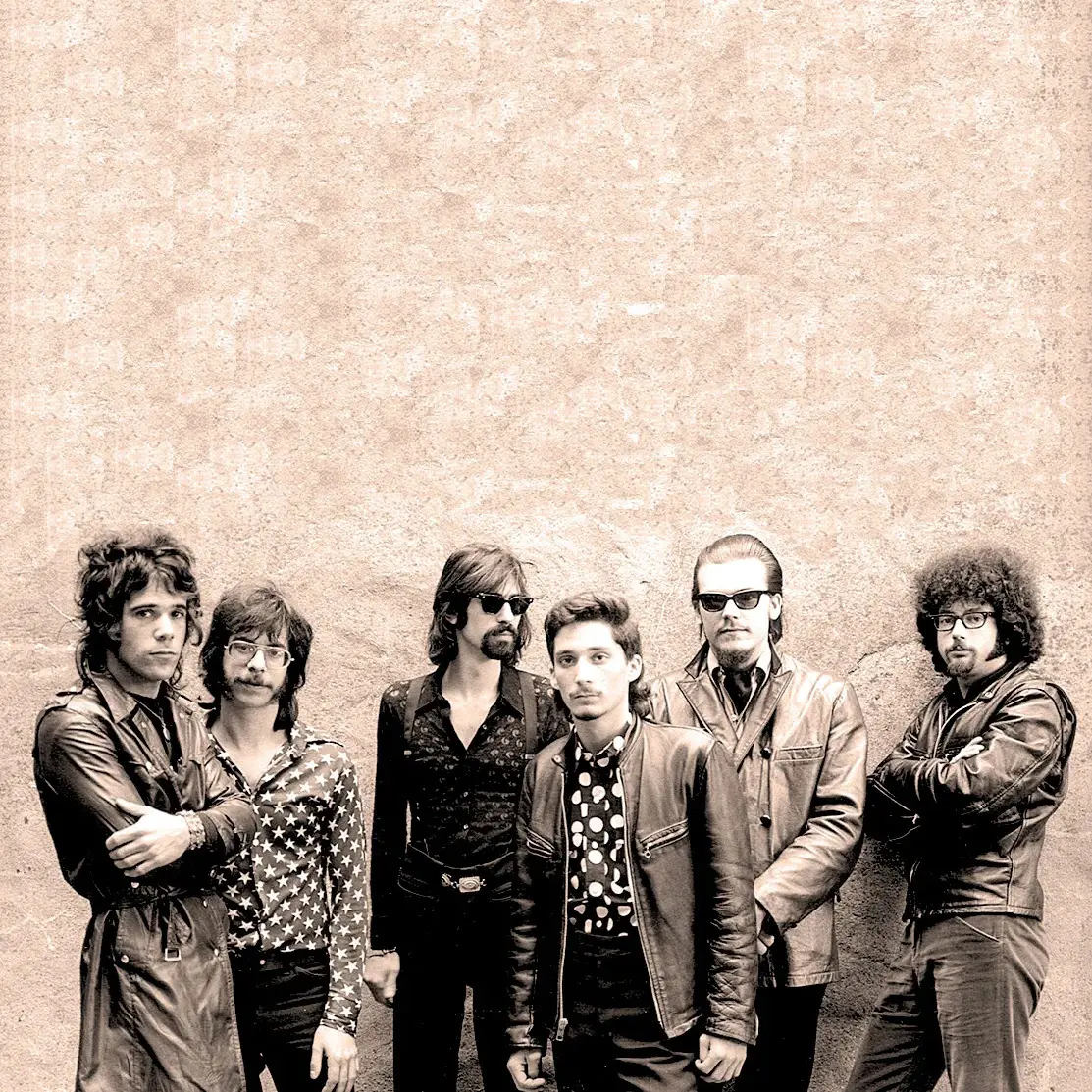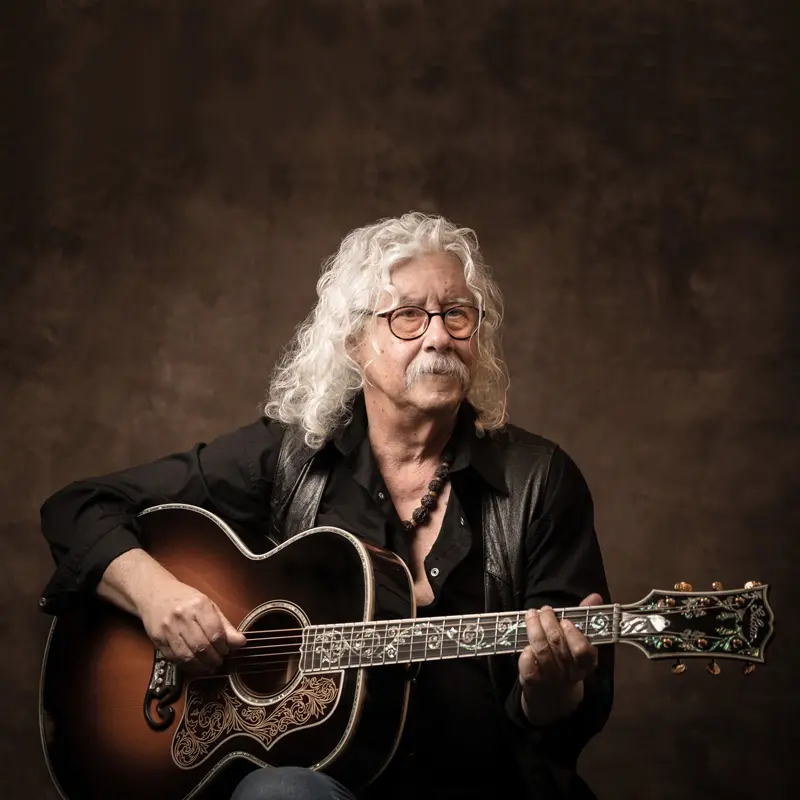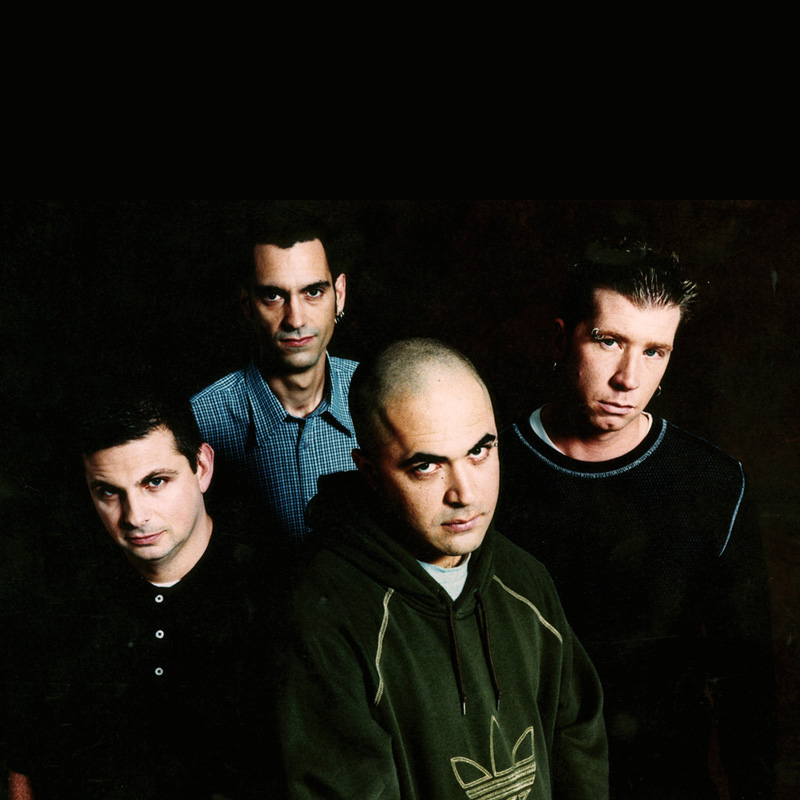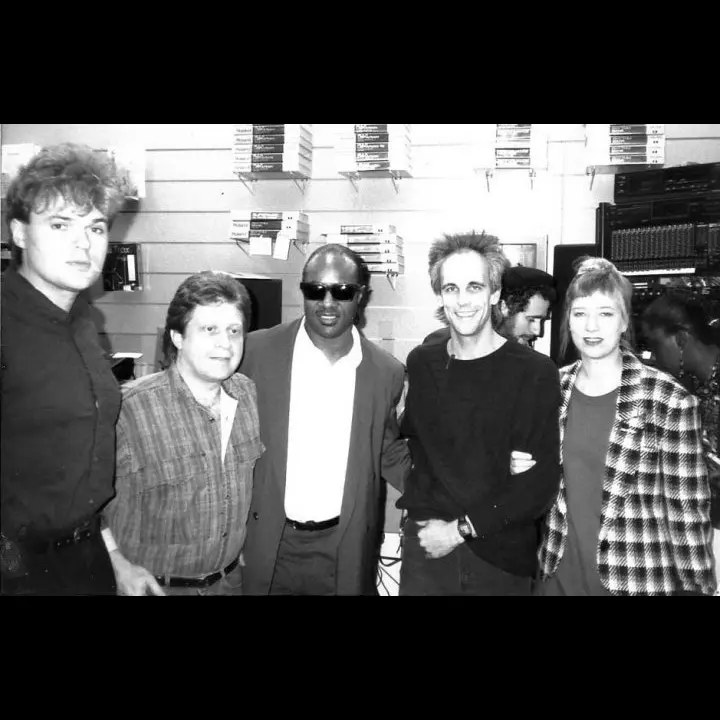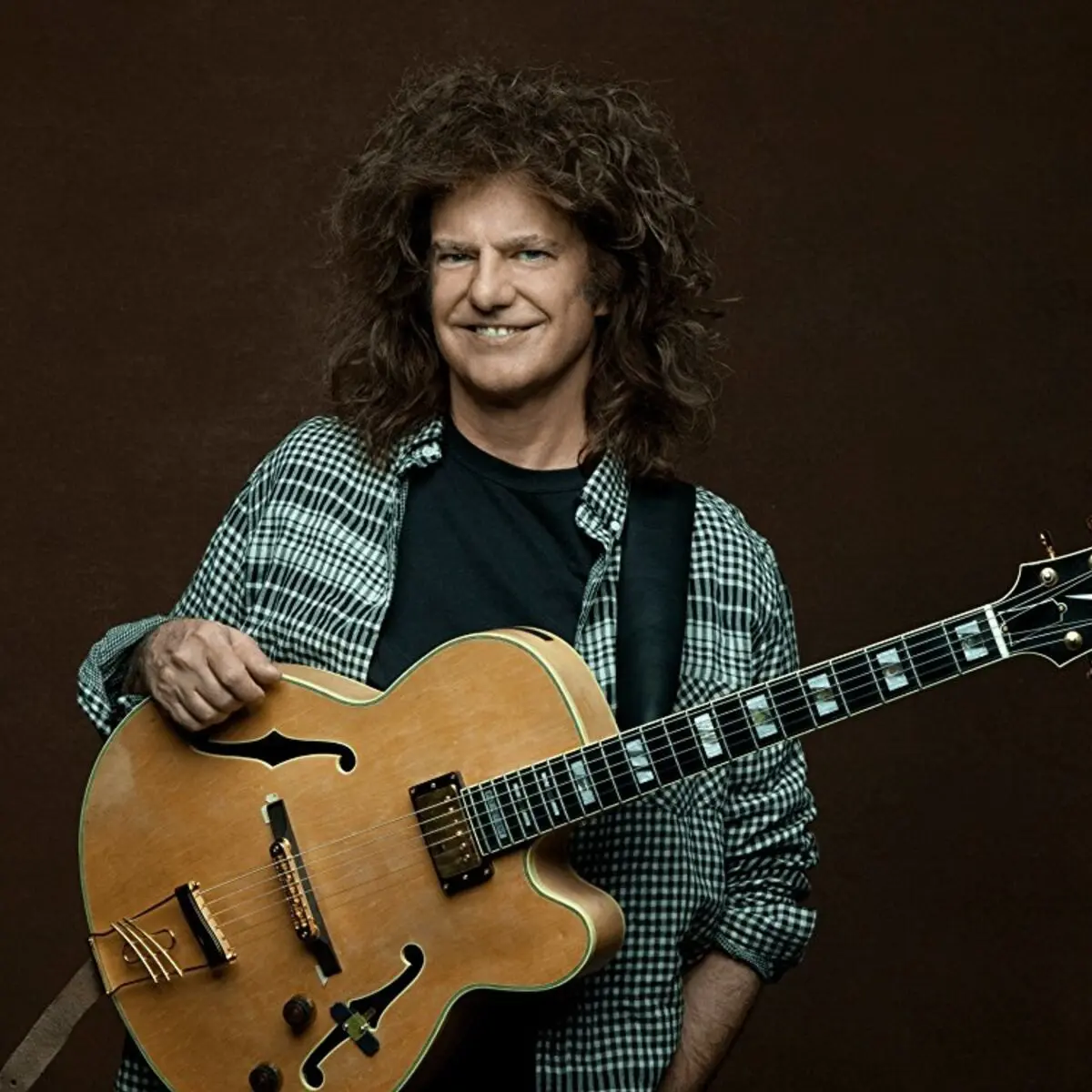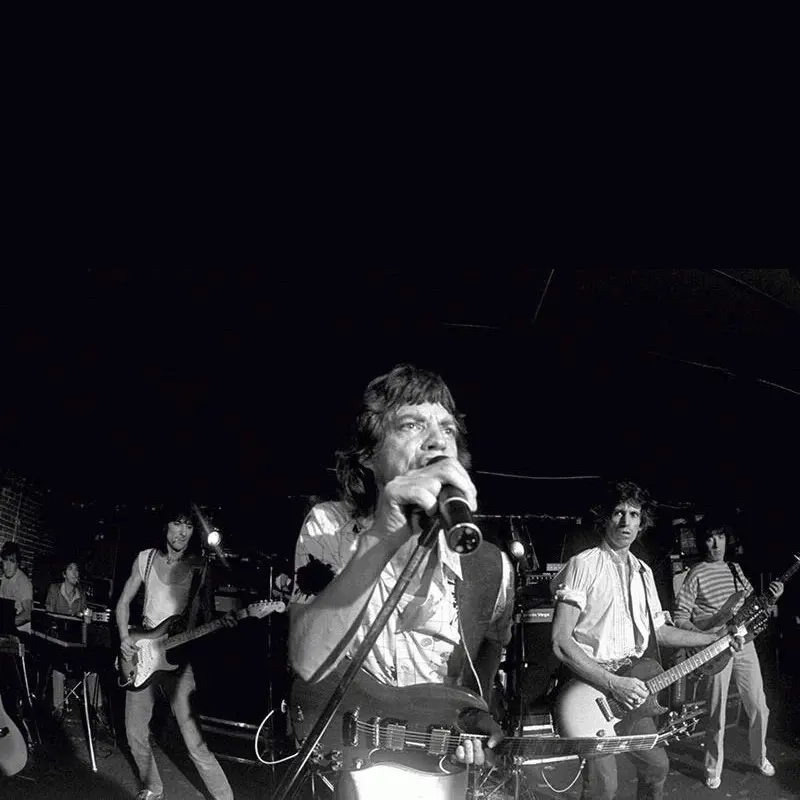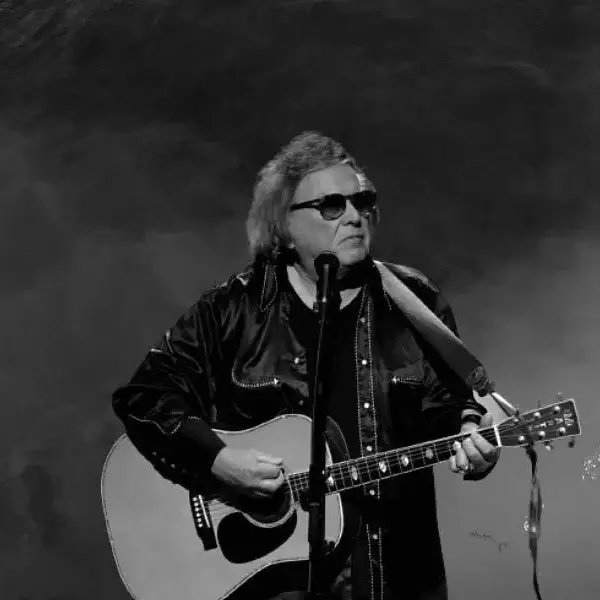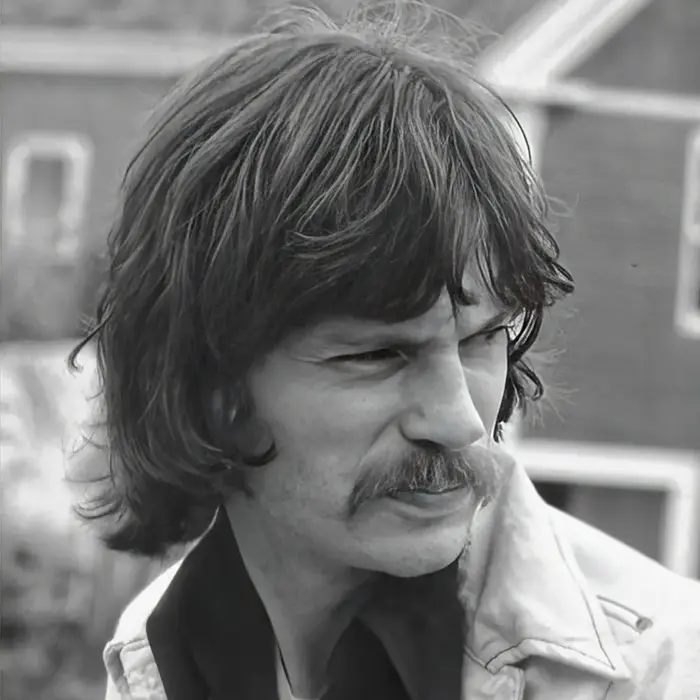Long View Farm Studios
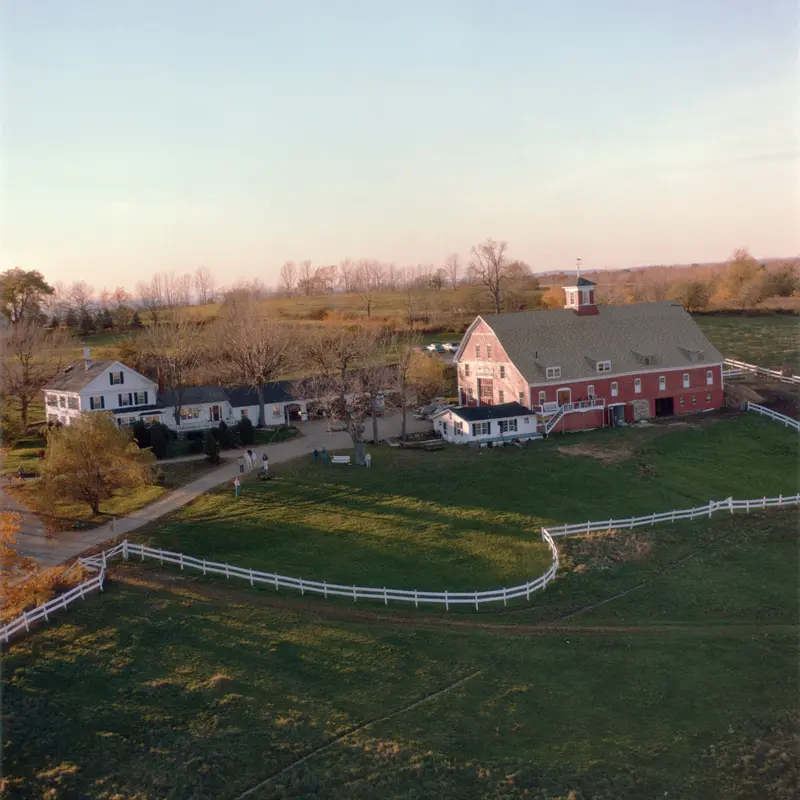
Long before white Europeans arrived in ships and formed settlements along the Atlantic coast, native inhabitants worshipped the sacred land spread across a grassy hill in central Massachusetts. Yet even these early Americans could not foresee how the power and magic of this place would profoundly change those who came to live and visit in the centuries to follow. For in the 19th and 20th centuries, the flatlands gave way to tiny villages and small towns such as North Brookfield Village and farms such as Long View. And that spot, many years later, became the site of a very significant recording studio.
Founding
Gilbert Scott Markle, a novice recording engineer and audiophile, believed that artists would benefit from the country setting of the remote farm. A former philosophy professor at Clark University, he originally bought the farm in 1973 as a home, and supervised the renovation of the interiors of the 150-year-old farmhouse and barn, installing recording equipment, kitchens and dining facilities, bedroom suites and recreation rooms, all designed to entice artists to stay – and pay – for the privilege.
Markle hired a pair of visionary renovators, Geoff Myers and John Farrell – artists in their own right – who were the true architects of his fledgling vision and what became the physical manifestation of the Long View Farm Studios experience. The pair transformed the former genteel dairy farm into an insanely creative music factory that attracted some of the top name artists in the world, producing Grammy-winning, gold and multi-platinum-selling hit after hit after hit.
Closing, Bonnie Milner, Reopening
Despite the seemingly magical aura that surrounded the studio, legal, financial and managerial troubles in the 1980s led to the shuttering of Long View Farm and the studio. Markle lost both in a lawsuit after he’d signed the properties over as collateral to a subsidiary of Blue Cross/Blue Shield, which had loaned him money to bail out his then-struggling travel company.
Interested in retaining the revenue from the failing, but still viable studio, the court-appointed receiver of Long View hired Bonnie Milner to maximize whatever income the studio could generate. Milner, a former studio manager at the facility, agreed, because as she told a documentary producer, “I believed in this place. I knew it was a magical incubator for creativity and that its power and benefit would transcend. And I believe that the original caretakers of these grounds – the native tribes who worshipped here – would agree.” With the support of investor Ronald Siff of Worcester, Milner purchased the business in 1994, buying out Mr. Siff 10 years later.
The significant downturn in the music industry that began not long before Ms. Milner took control of the business was not kind to iconic studios worldwide and Long View was no exception. However, she refused to succumb, as had so many other in the recording business. Always believing that the place was, first and foremost, a creative incubator, Milner set about attracting like-minded creatives who also believed. Purged of virtually all former employees, Long View underwent a period of clarity and mission purpose and firmly established itself as a place where music-centric artists and projects could be successfully created, developed and amplified by an extraordinary team of highly creative professionals.
Notable recordings
Long View’s rich history remains undeniable. The first notable recording project was Stuff in 1975. That was the band that appeared with John Belushi and Joe Cocker on Saturday Night Live and featured Steve Gadd on drums, Eric Gale and Cornell Dupree on guitar and Richard Tee on keyboards. A listening party for Stevie Wonder’s Songs In The Key of Life was held in the summer of 1976; over 200 members of the press flew in from New York City.
The J. Geils Band recorded all four of their EMI albums at Long View, starting with 1977’s Sanctuary through 1981’s megahit Freeze Frame and 1984’s You’re Gettin’ Even While I’m Gettin’ Odd, the latter of which was recorded without frontman Peter Wolf. Aerosmith cut “Chip Away the Stone” in June 1978 and returned in the 1990s for pre-production of Get a Grip and later drum tracks for Nine Lives and Just Push Play. The Pat Metheny Group recorded American Garage in 1979 – their most commercially successful album – and other jazz projects over the years included LPs by Max Roach, Larry Coryell, Archie Shepp, Oregon and Jon Scofield.
The sessions that gained the most sweeping public attention (both in the US and the UK) and are most often noted to this day were, naturally, when The Rolling Stones took up residence for six weeks in the late summer/fall of 1981 to record Tattoo You. There were also highly publicized periods when folk and pop greats such as Pete Seeger, Arlo Guthrie, Dan Fogelberg, Don McLean, Cat Stevens, Graham Nash, Rupert Holmes, Uncle Tupelo and Tim Curry were in the studio for extended periods.
(from materials submitted by Jesse Henderson and Bonnie Milner)

